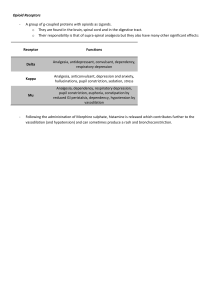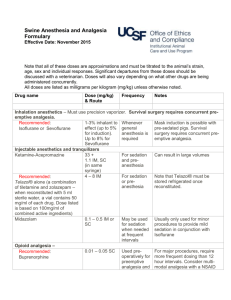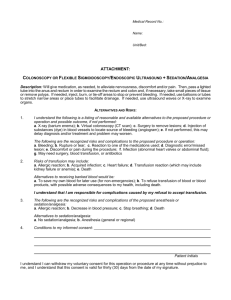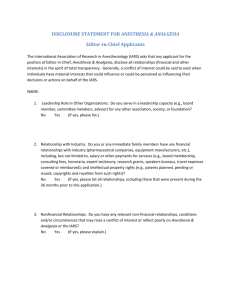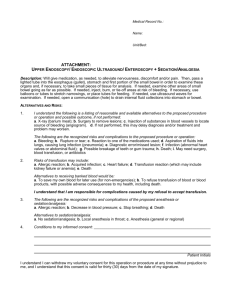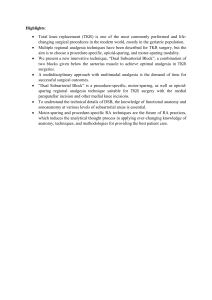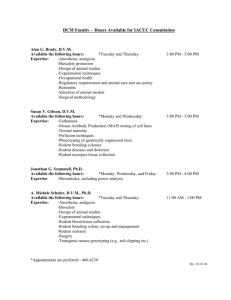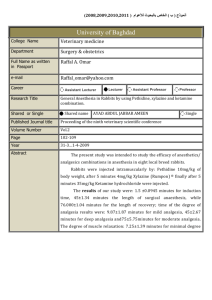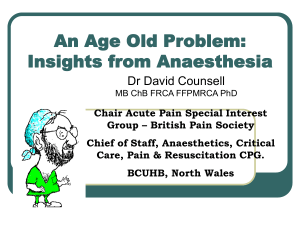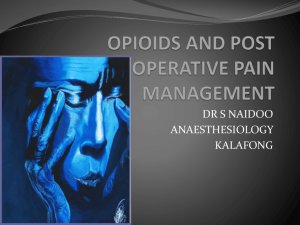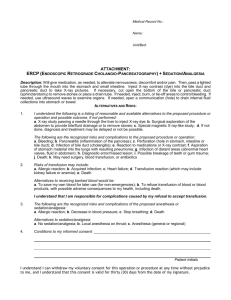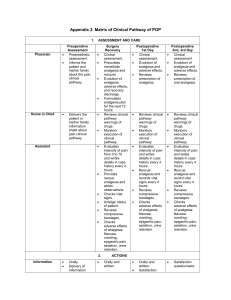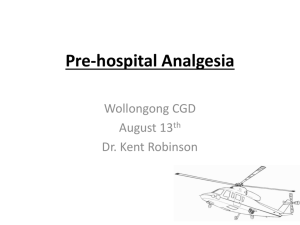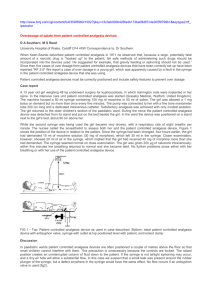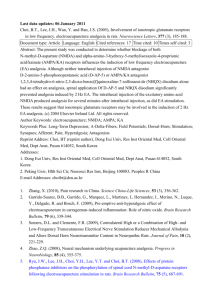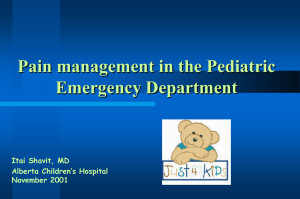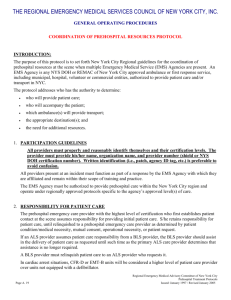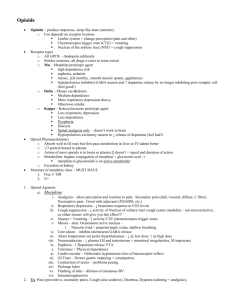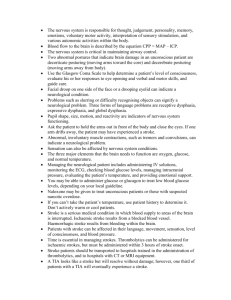Pain management for adult trauma patient in emergency room
advertisement
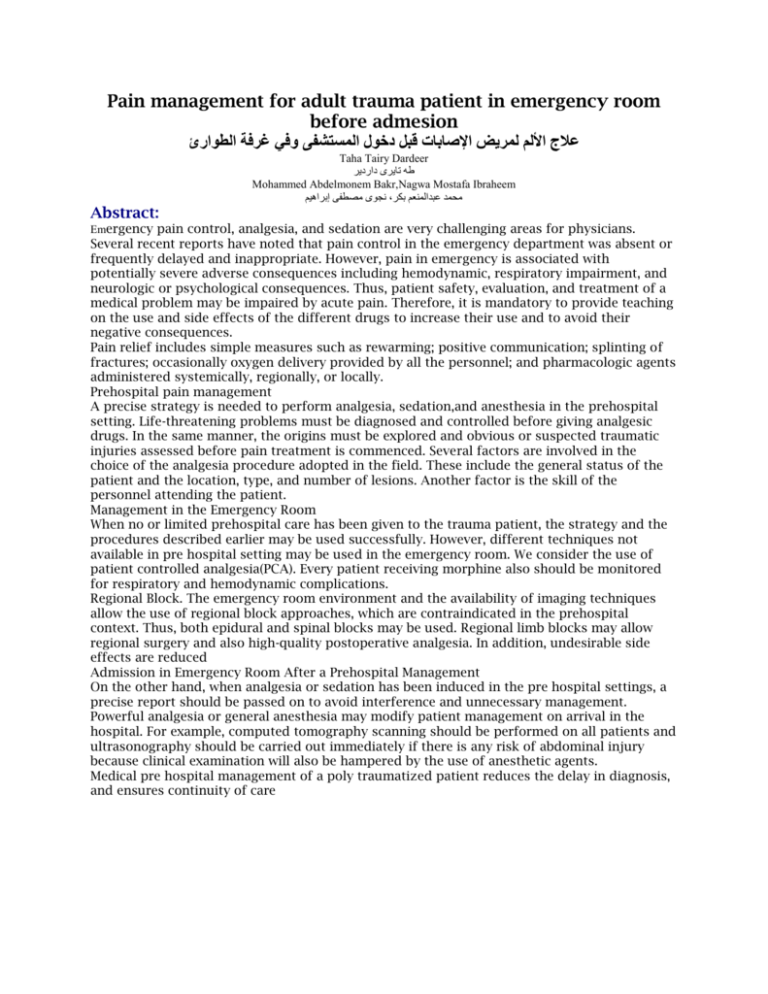
Pain management for adult trauma patient in emergency room before admesion عالج األلم لمريض اإلصابات قبل دخول المستشفى وفي غرفة الطوارئ Taha Tairy Dardeer طه تايرى داردير Mohammed Abdelmonem Bakr,Nagwa Mostafa Ibraheem نجوى مصطفى إبراهيم،محمد عبدالمنعم بكر Abstract: Emergency pain control, analgesia, and sedation are very challenging areas for physicians. Several recent reports have noted that pain control in the emergency department was absent or frequently delayed and inappropriate. However, pain in emergency is associated with potentially severe adverse consequences including hemodynamic, respiratory impairment, and neurologic or psychological consequences. Thus, patient safety, evaluation, and treatment of a medical problem may be impaired by acute pain. Therefore, it is mandatory to provide teaching on the use and side effects of the different drugs to increase their use and to avoid their negative consequences. Pain relief includes simple measures such as rewarming; positive communication; splinting of fractures; occasionally oxygen delivery provided by all the personnel; and pharmacologic agents administered systemically, regionally, or locally. Prehospital pain management A precise strategy is needed to perform analgesia, sedation,and anesthesia in the prehospital setting. Life-threatening problems must be diagnosed and controlled before giving analgesic drugs. In the same manner, the origins must be explored and obvious or suspected traumatic injuries assessed before pain treatment is commenced. Several factors are involved in the choice of the analgesia procedure adopted in the field. These include the general status of the patient and the location, type, and number of lesions. Another factor is the skill of the personnel attending the patient. Management in the Emergency Room When no or limited prehospital care has been given to the trauma patient, the strategy and the procedures described earlier may be used successfully. However, different techniques not available in pre hospital setting may be used in the emergency room. We consider the use of patient controlled analgesia(PCA). Every patient receiving morphine also should be monitored for respiratory and hemodynamic complications. Regional Block. The emergency room environment and the availability of imaging techniques allow the use of regional block approaches, which are contraindicated in the prehospital context. Thus, both epidural and spinal blocks may be used. Regional limb blocks may allow regional surgery and also high-quality postoperative analgesia. In addition, undesirable side effects are reduced Admission in Emergency Room After a Prehospital Management On the other hand, when analgesia or sedation has been induced in the pre hospital settings, a precise report should be passed on to avoid interference and unnecessary management. Powerful analgesia or general anesthesia may modify patient management on arrival in the hospital. For example, computed tomography scanning should be performed on all patients and ultrasonography should be carried out immediately if there is any risk of abdominal injury because clinical examination will also be hampered by the use of anesthetic agents. Medical pre hospital management of a poly traumatized patient reduces the delay in diagnosis, and ensures continuity of care
